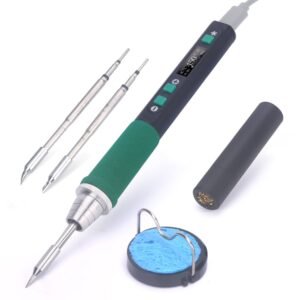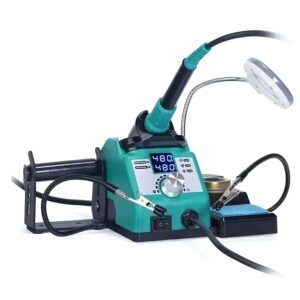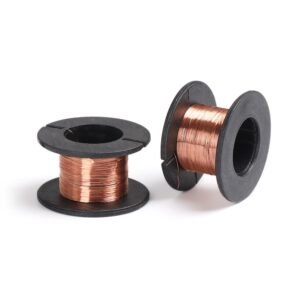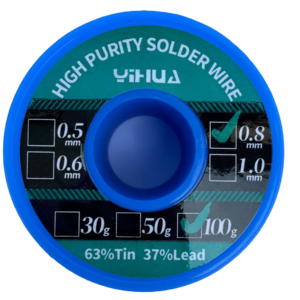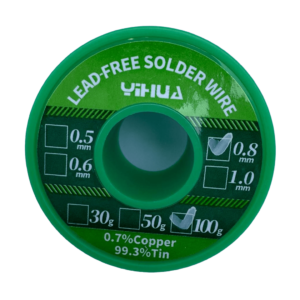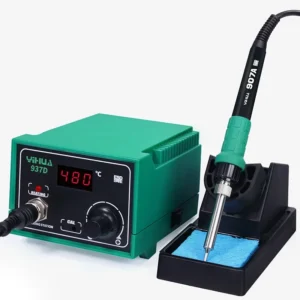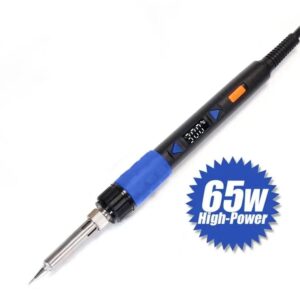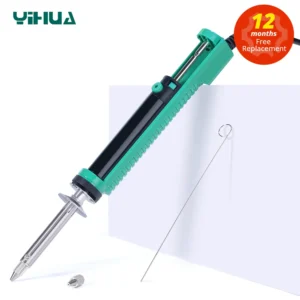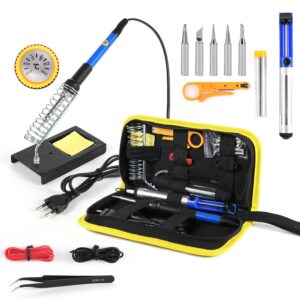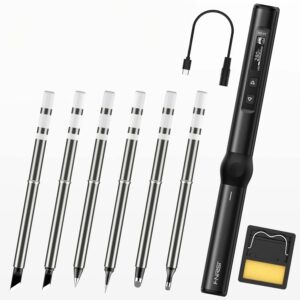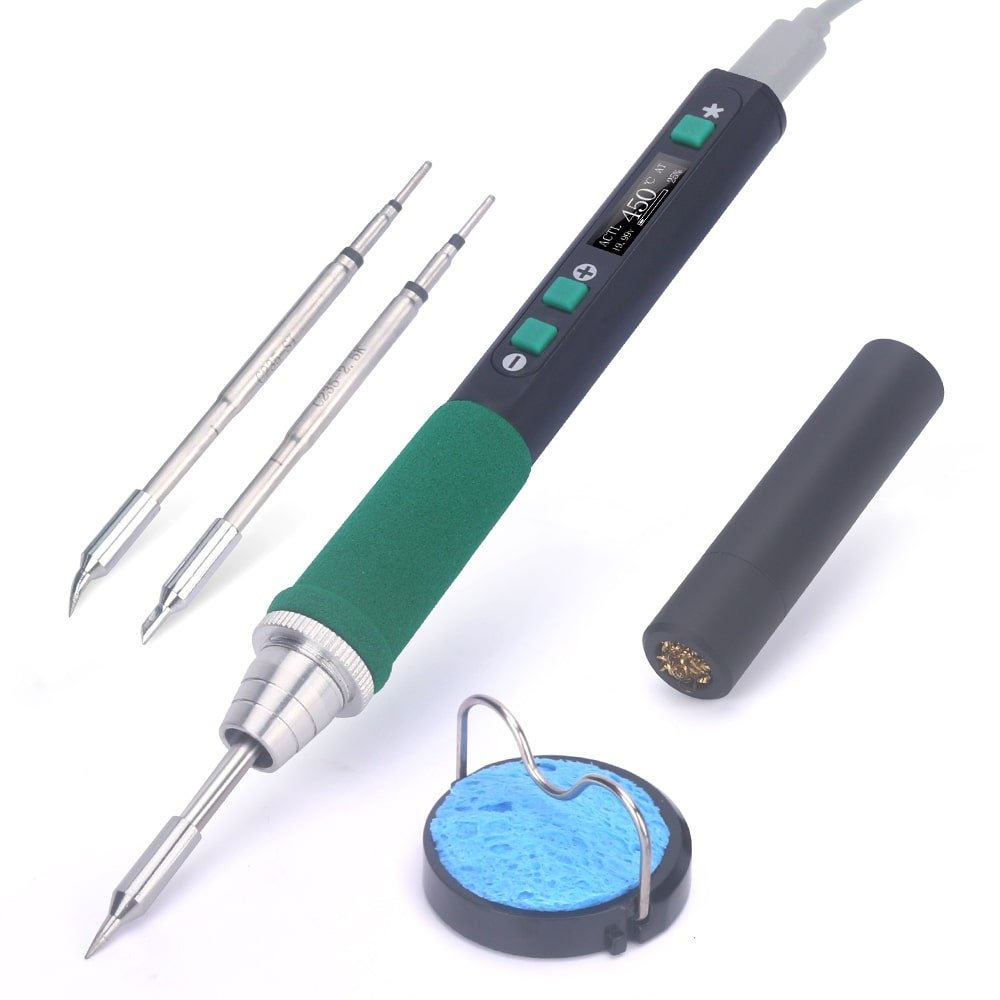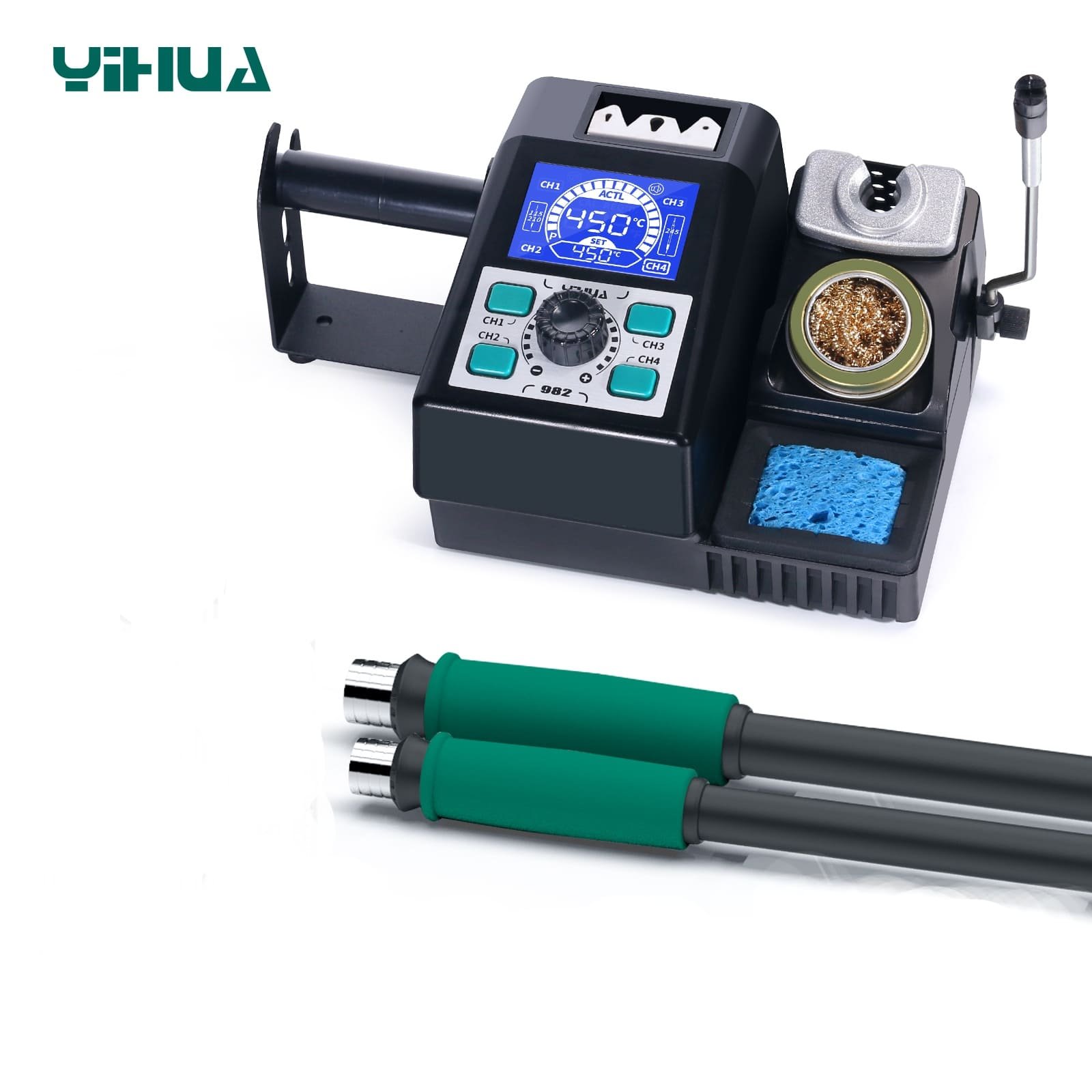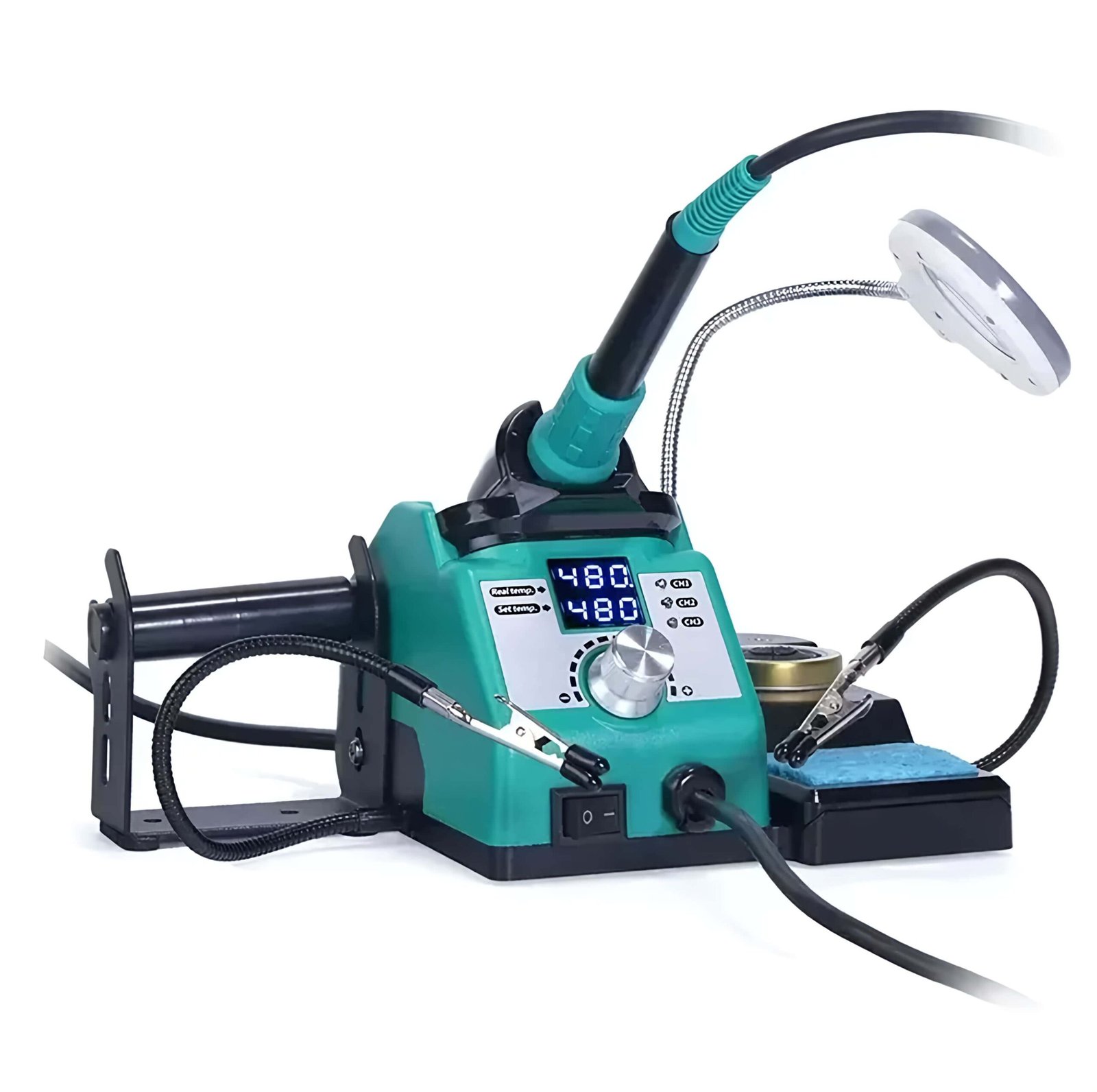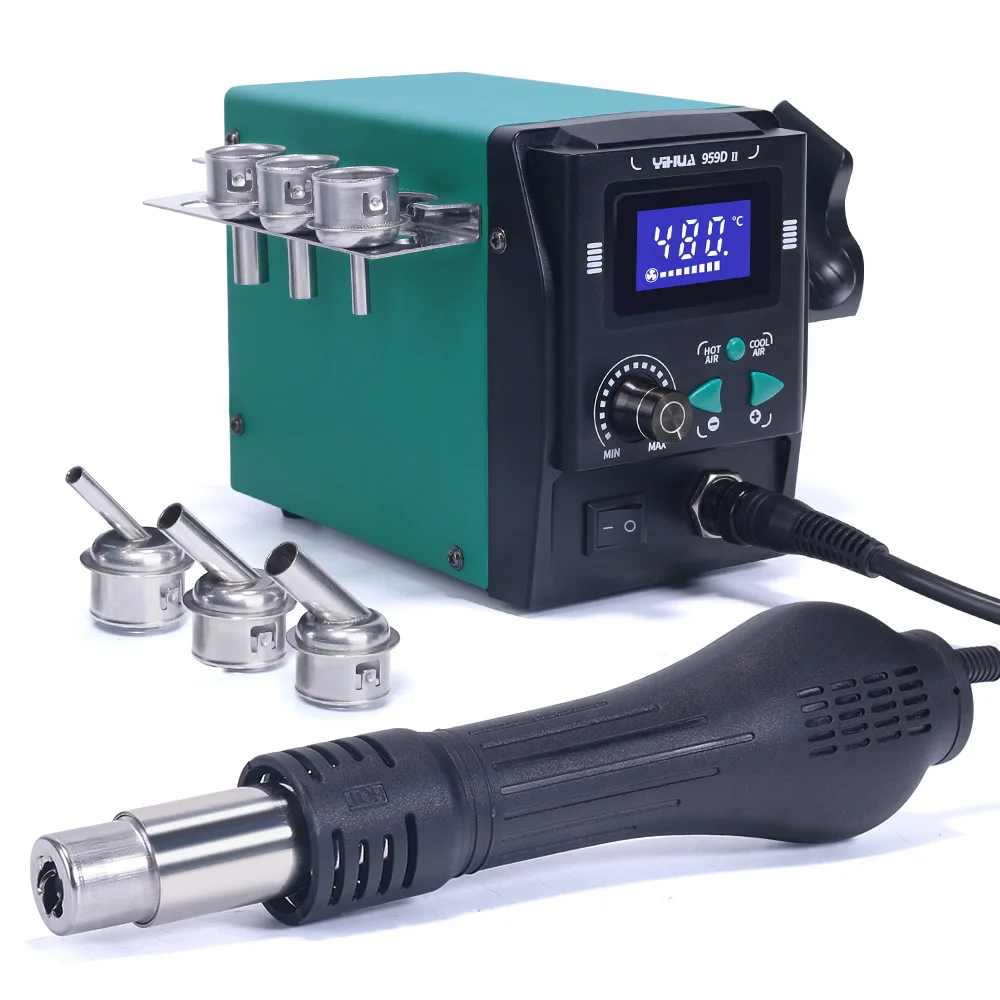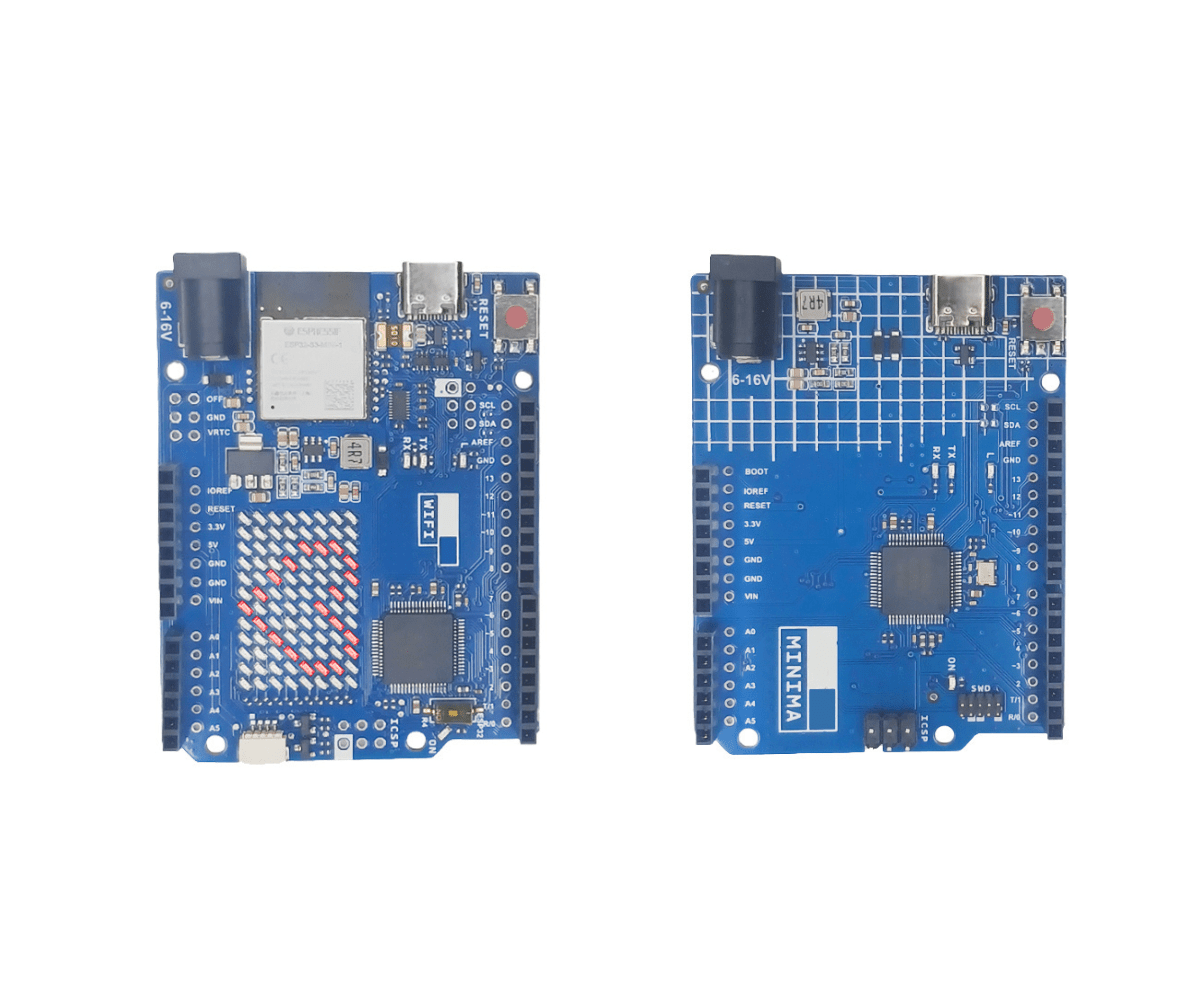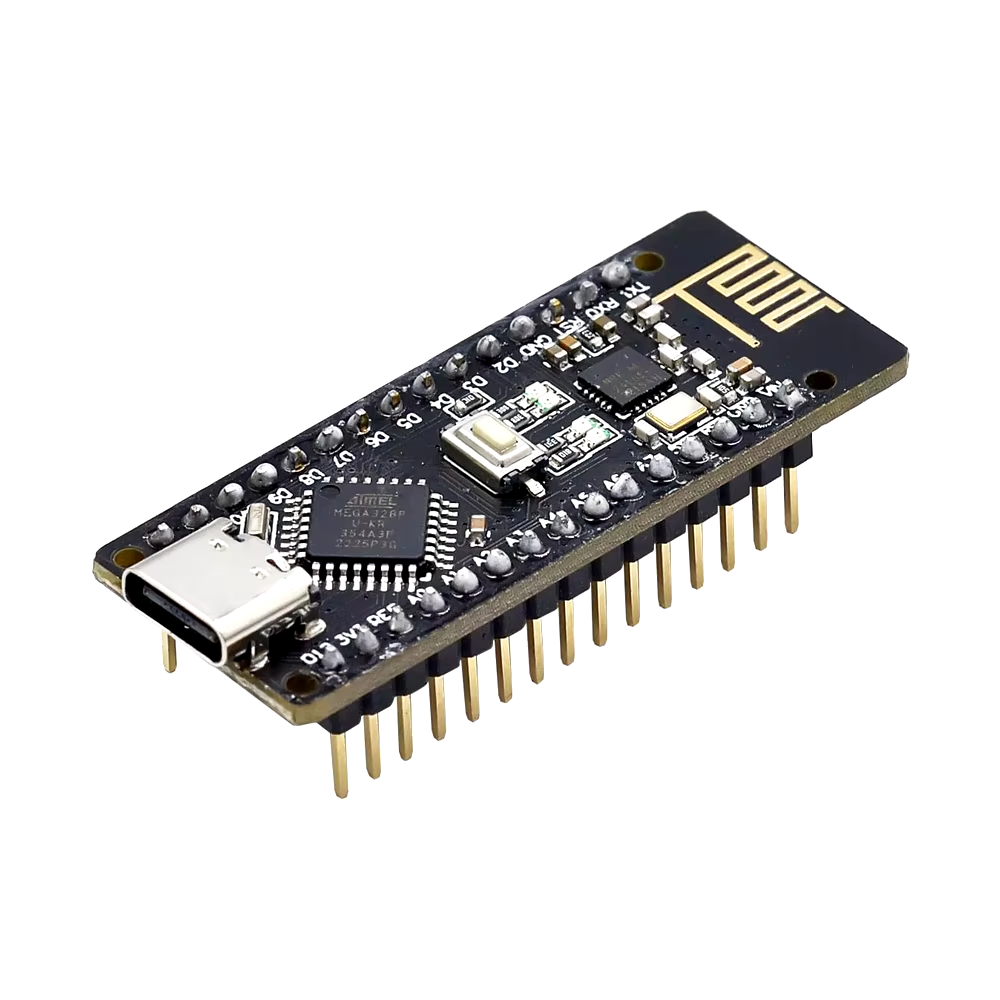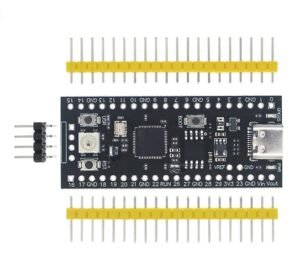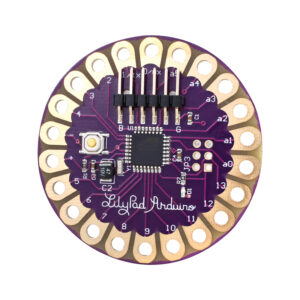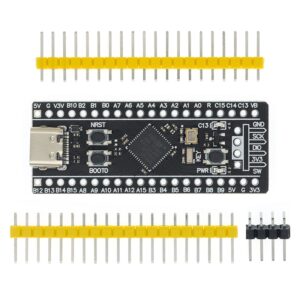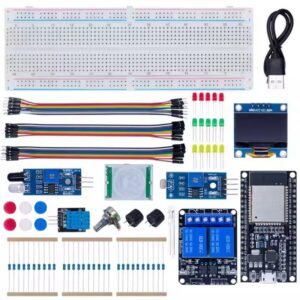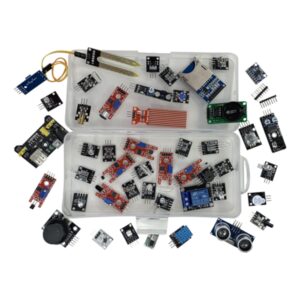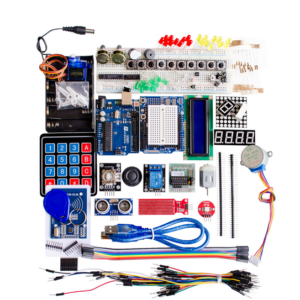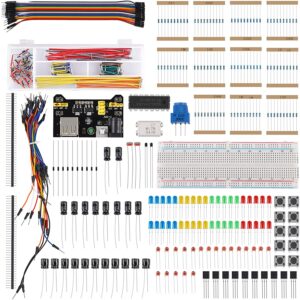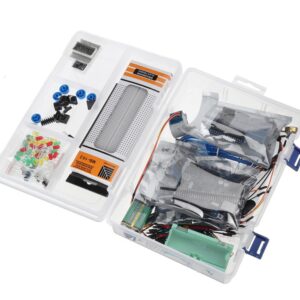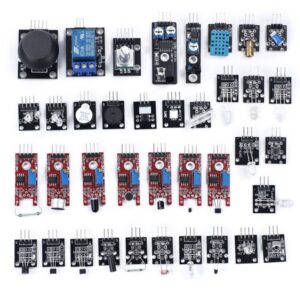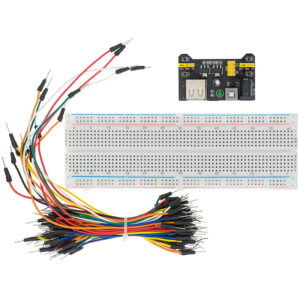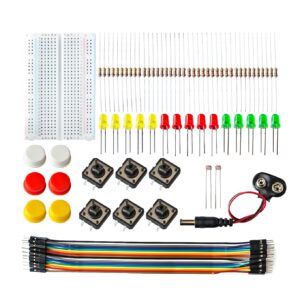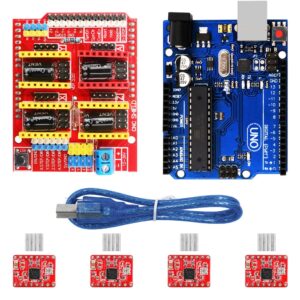Within the bustling world of electronics assembly, dealing with soldering fumes has become an increasingly critical aspect of daily operations. Soldering, a process that is fundamental in the manufacture and repair of electronic equipment, unfortunately, produces fumes that present significant health risks to technicians and hobbyists alike.
With the implementation of lead-free soldering due to legislative changes post-2006, many individuals operate under the misconception that the fume generated thenceforth is less hazardous. Yet, research, including insights from established brands such as Weller, has shifted this perspective, highlighting the dangers that even lead-free solder smoke presents.
Understanding and addressing the pertinent health risks associated with solder fume inhalation are essential to maintaining a secure working environment. As advocated by health authorities and established through studies, including those by the UK Health & Safety Executive, solder fume health risks are non-negligible. Consequently, it’s vital for employees and employers to be well-versed in soldering safety tips, ensuring proper soldering fume extraction methods are in place and consistently utilised. Striving towards these practices will not only foster a safer workspace but also adhere to regulatory requirements.
Key Takeaways
- Soldering fume extraction is essential in reducing health risks in electronics assembly.
- Lead-free solder smoke can be more dangerous than its lead-containing predecessor.
- Occupational asthma and other respiratory conditions are significant concerns in the soldering industry.
- Implementing and maintaining fume extraction solutions are not optional, but a necessity for industry compliance and worker safety.
- Staying informed and educated about solder fume health risks and mitigation strategies is a responsibility shared by all in the field.
The Health Risks of Soldering Fumes and Preventative Measures
In the realm of electronics manufacturing and repair, awareness of the hazards posed by soldering activities is crucial for maintaining a healthy workplace environment. One may unknowingly inhale fine particles released during soldering, which pose significant health risks. Acknowledging these dangers and deploying preventative strategies is vital for the wellbeing of individuals in this field.
Understanding Solder Fume Components and Their Dangers
Solder fumes are more than just a nuisance; they contain a complex mix of particles and gases, such as rosin-based fluxes, which become airborne during the soldering process. When heated above certain temperatures, these substances release potentially dangerous fumes known as colophony, capable of causing a range of respiratory issues.
Risks Associated with Lead-Free Soldering vs Leaded Soldering
The transition to lead-free solder was a landmark move aimed at reducing environmental and health hazards. However, it has inadvertently heighted the solder fume health risks. Increased flux content and higher temperatures generate more acrid fumes, amplifying the danger of inhalation and exposure. These evolved fumes from lead-free solder smoke present dangers that are critical to understand and address.
Recognising Symptoms of Exposure: Asthma and Other Respiratory Conditions
A key concern stemming from exposure to solder fumes is the development of occupational asthma from solder fumes. This debilitating condition can lead to a lifetime of respiratory issues for those affected. Symptoms include coughing, wheezing, chest tightness, and in some cases, long-term lung damage. It is therefore essential that individuals recognise these symptoms early and seek appropriate medical attention.
Preventative Measures:
- Implement soldering fume extraction systems to remove harmful particulates from the air.
- Conduct regular risk assessments to evaluate exposure levels and mitigate them accordingly.
- Ensure all soldering is performed in well-ventilated areas to dissipate fumes effectively.
- Use personal protective equipment (PPE) such as masks to reduce inhalation.
- Provide training for workers to educate them on the risks and safe soldering practices.
To ensure the health and safety of those in the electronics industry, comprehensive preventative measures must be rigorously implemented and adhered to. By taking proactive steps to minimise exposure to solder fumes, we can protect workers from the long-term health implications associated with this widespread occupational hazard.
Legislation and Standards Governing Solder Fume Exposure
In the contemporary UK workplace, particularly within the electronics industry, addressing the risks associated with solder fume exposure is a mandate rather than a choice. Recognising the criticality of mitigating these health hazards, the UK has established a robust legal framework. This framework necessitates that employers maintain stringent protocols to protect their workforce. The evolving landscape of solder fume control legislation demands that all stakeholders be proactive in safeguarding occupational health.
UK Legislation on Occupational Asthma and Solder Fumes
The UK’s approach to controlling solder fume exposure in the workplace is underpinned by comprehensive legislation, which includes specific guidelines for managing the health risks associated with soldering activities. The laws are stringent, with an estimated 2,000 cases of occupational asthma reported annually, highlighting the imperativeness of compliance. Regulations dictate that employers must establish solder fume exposure limits and enforce control measures to minimise the inhalation of hazardous substances, ultimately shielding employees from the potential adverse outcomes of their work environment.
Exploring the Health and Safety Executive (HSE) Guidelines
The Health and Safety Executive (HSE) has published meticulous guidelines that underpin the legislative measures taken to curb the inhalation of solder fumes. The HSE guidelines serve as a blueprint for employers, spelling out their duties comprehensively. They outline the necessity for risk assessments, the implementation of fume extraction systems, and regular monitoring to ensure that the work environment remains within the prescribed exposure limits. This underscores the importance of adhering to solder fume control legislation not just for legal conformity but for the overarching principle of employee welfare.
Dealing with Soldering Fumes
Managing exposure to soldering fumes within the workplace is critical to ensuring employee health and maintaining a safe working environment that adheres to occupational health regulations. Proper soldering fume management marries personal vigilance with robust engineering controls, providing a comprehensive strategy that addresses both current and future risks associated with soldering activities.
On a personal level, soldering safety tips include educating the workforce on the importance of maintaining a clean work area and immediately reporting any lapses in fume management systems. Following best practices and adopting a culture focused on health and safety encourage individual responsibility towards minimising exposure.
When we shift focus to the engineering solutions available, we come across various devices designed to cater to a broad spectrum of soldering applications. For the enthusiastic hobbyist, the FXF 11 Solder fume extractor serves as a perfect example of a compact and effective solution that combines a fan with a carbon filter to evacuate fumes efficiently. On the professional front, the Weller Zero Smog 20T solder fume extractor stands out for its high-end, versatile performance, offering the ability to connect to several soldering units simultaneously—a boon for larger operations or shared workspace setups.
- Avoiding the dreaded ‘invisible foe’: fine particulates and gases released during soldering are prevented from becoming airborne, thereby not compromising the respiratory zone.
- Consistent soldering fume ventilation assures that clean, uncontaminated air is a constant presence, critical in intensive soldering environments.
- Operational longevity and effectiveness through essential maintenance such as regular filter replacements and cleaning iron tubes to keep extraction systems running smoothly.
Maintaining these systems is not a set-and-forget affair. It is an on-going endeavour that demands regular checks and swift action where necessary. Filters, for instance, are the first line of defence in fume extraction frameworks and their viability must be checked frequently to stave off contaminated environments.
| Maintenance Task | Frequency | Benefits |
|---|---|---|
| Cleaning of iron tubes | As needed | Prevents blockages, maintains suction efficiency |
| Filter replacement | As per manufacturer’s guidelines or when performance drops | Ensures clean air, extends life span of fume extractor |
| Checking for leaks in ducting | Periodically or after system modifications | Promotes optimal airflow, prevents fume leakage into the workplace |
With the diversity of solutions on the market, ranging from the compact to the complex, it is incumbent upon the responsible employer to ensure that the most suitable system is in place—one that encompasses adequacy, efficacy, and ease of maintenance for their particular context. Thus, embedding a culture of safety recognition complements the physical dimension of soldering fume management, reinforcing the commitment to preserving a workforce that is as healthy as it is skilled.
Personal Protective Equipment (PPE) for Soldering
While managing the hazards within a soldering environment, Personal Protective Equipment (PPE) emerges as a fundamental shield against the barrage of risks posed by the fumes and flux materials used in the process. This ensemble of protective gear is the critical line of defence between technicians and the potential health issues awaiting them in the absence of proper safety measures. A meticulous selection and utilisation of these securities are not just commendable but are essential components of workplace safety.
Types of Respiratory Protective Gear
Among the array of personal safety equipment, respiratory protective gear is pivotal. It comes in various designs, each suited to differing exposure levels and contaminants. For minimal exposure, disposable masks might suffice, while more substantial contact might necessitate advanced respirators capable of filtering out finer particles. The choice of respiratory protective gear directly correlates with the nature of the soldering job – it must align with the solder fume constituents that operatives are likely to encounter.
Importance of Protective Eyewear and Skincare
While respiratory gear tends to steal the spotlight, one must not overlook the significance of protective eyewear and skincare. These not only prevent physical irritation caused by particulate matter but also minimise the risk of sensitisation. The eyes are particularly susceptible to the fine fumes created during soldering, and thus, investing in high-quality goggles or glasses becomes paramount. Similarly, skin creams and barrier lotions form an invisible yet protective layer that guards against the ill effects of incessant exposure to solder fumes.
- Disposable Masks: For soldering stations with minimal fume emission.
- Half-Face Respirators: Suited for environments with moderate particulate matter.
- Full-Face Respirators: For high-risk areas, offering full coverage and maximum filtration.
To streamline the suitability and effectiveness of PPE, it is critical that workers receive proper training on the maintenance and correct usage of their gear. This ensures that the protective benefits of the equipment are actualised to their fullest potential, thereby substantively reducing the likelihood of health complications.
In conclusion, the ensemble of protective gear – encompassing respiratory protective gear, protective eyewear for soldering, and skincare regimes – is indispensable. These protections, when used effectively, not only shield workers from immediate harm but also contribute to the longevity of their careers in the soldering industry. Through the judicious selection and diligent maintenance of PPE, we champion the safety and wellbeing of those at the heart of electronic manufacturing and repair.
| Protective Gear | Type | Usage | Maintenance Tips |
|---|---|---|---|
| Respiratory Masks | Disposable | Quick tasks with low fume emission | Discard after use, check expiration dates |
| Half-Face Respirators | Reusable | Regular soldering with moderate exposure | Regularly replace filters, clean face-seal |
| Full-Face Respirators | Reusable | Intensive soldering or high fume volume | Regularly check for seal integrity, clean and disinfect |
| Protective Eyewear | Variable | All soldering tasks | Clean lenses regularly, inspect for damage |
| Skincare Products | Creams/Lotions | Before and after soldering | Apply as directed, store in a cool place |
Engineering Controls for Soldering Fume Management
In ensuring the safety and wellbeing of professionals within the electronics sector, the implementation of effective engineering controls is paramount. Among such measures, the soldering fume extractor plays an instrumental role by mitigating the health risks associated with solder fume inhalation.
These extractors are designed to capture and filter hazardous particulate matter and gases, originating from the soldering process, before they can diffuse into the breathing zones of operatives.
Soldering Fume Extractors: Types and How They Work
The first line of defence in solder fume control encompasses a variety of extractors, each suited to specific conditions and requirements. From elementary fan and filter configurations to more sophisticated units, the choice of a soldering fume extractor depends heavily on its intended application and the extent of fume generation.
Compact models intended for occasional use might incorporate a simple fan coupled with a carbon filter. In contrast, extractors designed for continuous industrial application are often more comprehensive, including HEPA filtration systems capable of removing 99.95% of airborne particles, ensuring a safer work environment.
Soldering Stations with Built-In Fume Extraction Features
Modern solutions have seen the integration of fume extraction features directly into soldering stations, which is highly efficient at controlling fumes right at the source. These soldering stations with built-in fume extraction not only optimise workspace ergonomics but also significantly reduce the risk of dispersing solder fumes into the surrounding area.
Professionals have the option to choose stand-alone fume extractors or those that are built into the soldering iron station itself, allowing for greater control and adaptability in various scenarios. Whether for individual workstations or shared spaces, these integrated systems offer both convenience and efficiency, making them a valuable addition to any soldering setup.
Whether selecting a fume extractor for a home workshop or industrial applications, understanding these measures will help to enhance solder fume control strategies, contributing to a healthier working climate and adherence to occupational health standards.
Workplace Fume Extraction Solutions
Ensuring the purity of air within workplace environments, especially where soldering is a regular task, hinges upon deploying robust solder fume extraction solutions. These solutions are integral to maintaining health and safety standards, promoting the welfare of employees, and safeguarding business operations from the consequences of poor air quality.
The effectiveness of these systems relies heavily on their ability to capture and filter out hazardous substances before they can infringe upon the workspace air quality. This is where the capture source becomes a pivotal element in the extraction process.
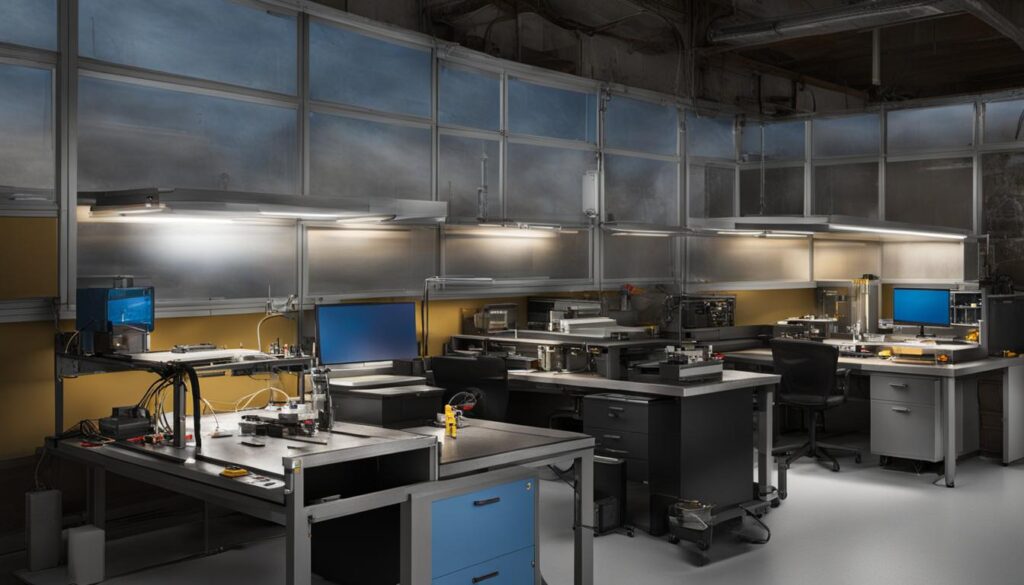
The Role of Capture Source and Filtration in Fume Extraction
A capture source is the primary touchpoint in the defence against solder fumes; its role encompasses intercepting harmful particulates at the origin, thus preventing widespread contamination. Coupled with robust filtration systems, they form an integral part of an efficient fume extraction system.
Filtration is the secondary, yet equally crucial phase that ensures the capture source’s diligent efforts are not in vain. High-efficiency particulate air (HEPA) filters, along with activated carbon materials, are commonly used to tackle this airborne menace. These filters are engineered to snare an expansive range of particulates and gases, ensuring a considerable reduction in workplace pollutants.
Tip Extraction vs Arm Extraction: Comparative Analysis
In the league of capture sources, tip extraction and arm extraction stand out as two fundamental approaches, each with its suite of benefits and considerations for various soldering scenarios.
Tip extraction is the more economical option and is highly effective at the point of use. It requires fastidious maintenance to function at its peak, typically involving regular cleaning and check-ups to prevent clogs and ensure proper airflow.
Conversely, arm extraction systems boast a broader reach, suitable for substantial soldering tasks or adhesive application areas. They provide a larger capture area and require a more significant air volume for optimal operation. This method, while often more expensive, offers the advantage of a wider and more dynamic capture zone.
| Extraction Type | Suitable Applications | Maintenance Needs | Initial Cost |
|---|---|---|---|
| Tip Extraction | Point-of-use soldering tasks | High frequency of tube and filter cleaning | Generally lower |
| Arm Extraction | Heavy-duty soldering and use of adhesives | Varies; less frequent but larger volume air filters | Higher due to extensive capture areas |
To maintain optimal function and safeguard the workspace environment, regular servicing and vital replacements must be kept in continual observance. Through such persistent attentiveness, solder fume extraction solutions can be upheld, allowing operations to proceed in a healthier, cleaner workplace.
Implementing Effective Ventilation Systems
Furnishing an efficient workspace, particularly in burgeoning industries like electronics, is no small feat – requiring acute attention to the details of air purity and worker health. A prime component in achieving such standards is the installation of adept soldering fume ventilation that hinges on a matrix of effective solder ventilation systems, dovetailed with robust ducting and piping. The ensuing discourse expounds on the instrumental role that these facets play within thorough fume control, and the methods by which they can be optimised to ensure a contaminant-free workplace.
Importance of Proper Ducting and Piping in Solder Fume Control
The lattice of ducting and piping is the circulatory system of any soldering fume extraction unit. It orchestrates the movement of contaminated air away from workspaces, ensuring that employees are not imperilled by noxious fumes. Interconnecting the ducts and pipes is a manifest question of worker safety. The imperatives of solder fume control demand an architecture that curtails pressure losses and negates potential leak points – a task that necessitates assiduous planning and high-calibre installation.
How to Ensure Efficient Airflow through Solder Ventilation Systems
To ensure a robust deflection of hazardous fumes, one must select an effective pump system. This might involve toggling between the high-volume benefits of side channel blowers or the robust pressure competence of centrifugal blowers. Such selections are made against the canvas of required airflows and system pressure demarcations. Post installation, meticulous and recurrent testing of the entire network is indispensable for affirming that the fumes are indeed being successfully corralled and dispatched through the ducting.
| System Component | Function | Considerations |
|---|---|---|
| Ducting & Piping | Transports fumes away from the source | Ensuring minimal bends to prevent pressure loss |
| Blowers (Side Channel/Centrifugal) | Generates necessary airflow | Choosing based on capacity and space constraints |
| Filters | Captures hazardous particulates | Selecting appropriate grade (HEPA) for filtration efficiency |
| Exhaust Outlets | Expels captured fumes from the system | Positioning in safe and remote locations outdoors |
| Test Points | Facilitates performance assessment | Regularly measuring airflow rates to check system integrity |
In summary, efficacious soldering fume ventilation is achieved through a blend of high-grade engineering controls married to scrupulous maintenance practices. With well-planned ducting and piping for fume control, positioned in strategic harmony with aptly chosen blower technologies, the expulsion of dangerous fumes becomes an optimised process, befitting the high standards expected of modern industry safety protocols.
Filtration Technology for Solder Fume Control
High-Efficiency Particulate Air (HEPA) filters and gas filters are vital in maintaining the purity of the air in soldering environments. Understanding the advanced filtration technology that goes into HEPA filters for solder fume control and gas filters in fume extractors, as well as their maintenance, helps ensure that workspaces are safe from fume-related hazards.
The Science Behind HEPA and Gas Filters
HEPA filters are designed to trap particles down to 0.3 microns in size, effectively capturing a colossal majority of dust and contaminants produced during soldering. These filters play an indispensable role within the solder fume extractor to provide cleaner air for the work environment. In concert with HEPA filters, gas filters in fume extractors serve to absorb and neutralize gaseous substances, ensuring that not only solid particulates but also harmful vapours are removed from the air.
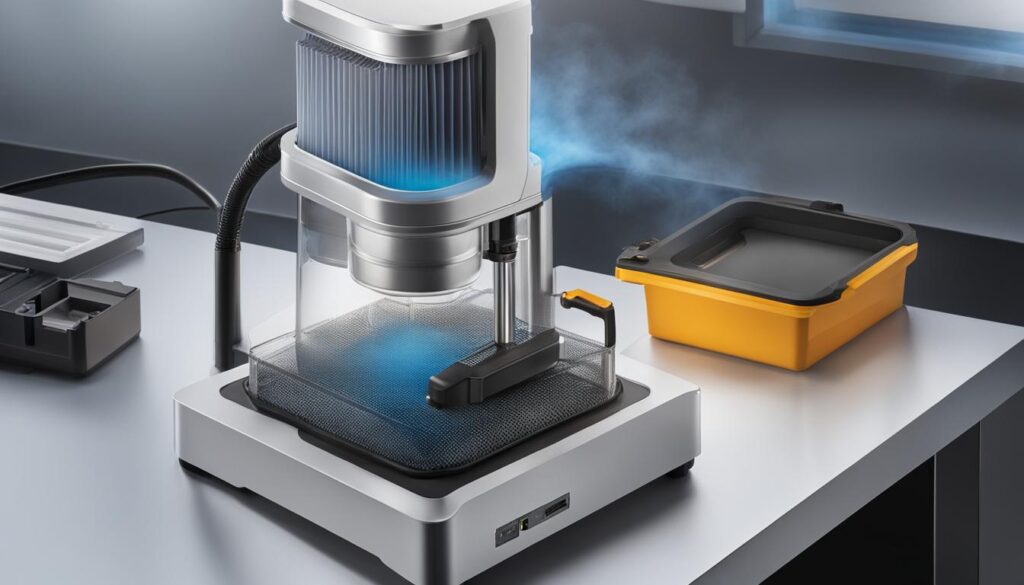
Thus, a blend of HEPA and gas filters constitutes a formidable barrier against a spectrum of pollutants common in soldering operations. It’s this synthesis of filtration mediums that forms the bulwark of workplace safety in the solder fume extraction process.
Maintenance and Replacement Intervals for Soldering Fume Extractor Filters
Managing the exposure to soldering fumes necessitates a well-planned maintenance schedule for fume extractors. A pivotal aspect of this maintenance is the maintenance of soldering fume extractor filters, which includes regular checks and the timely replacement of both HEPA filters and gas-filtration materials.
As the intensity of soldering activities varies, so does the need for filter replacement. In environments where soldering is performed infrequently, filters may have longer lifespans. Conversely, in heavy soldering conditions, filters might need to be replaced more often to prevent premature blockages that could cripple the efficiency of the fume extraction system.
| Filter Type | Function | Replacement Interval | Signs of Required Maintenance |
|---|---|---|---|
| HEPA | Particulate capture | 6-12 months or depending on use | Reduced extraction efficiency |
| Gas | Vapour absorption | 3-6 months or as per usage | Odours not being neutralized |
Therefore, understanding the nuances of pump technology, which powers the fume extraction, adds another dimension to filter maintenance. Strategies encompassing regular assessments and swift responsiveness to filter degradation are fundamental in preserving both the efficacy of the fume extraction unit and the health of those exposed to solder fume constituents.
Implementing Effective Strategies for Solder Fume Mitigation
Tackling the issue of solder fumes in the workplace necessitates a holistic approach where knowledge, technology, and ongoing vigilance play equal parts. It is a strategy that demands awareness of the risks and a firm commitment to health and safety compliance in solder fume management. As we conclude, it’s important to synthesise the key elements that contribute to a clean and compliant work environment.
Summary of Effective Strategies for Dealing with Soldering Fumes
The management of soldering fumes is multifaceted, requiring not just one solution, but a suite of strategies for dealing with soldering fumes. These include the installation of efficient fume extraction systems, thorough training programmes on personal safety, and regular health surveillance to track the impact of protective measures.
Engineering controls like fume extractors and diligent maintenance of these systems are paramount. They require consistent evaluation to ensure they are performing at an optimal level, maintaining the air quality within a workspace. Moreover, the critical importance of personal protective equipment cannot be overstated, acting as an essential line of defence against direct exposure to harmful fumes.
The flow of clean air through well-designed ventilation systems, the capture and filtration of harmful particles and gases, and the establishment of clearly marked safety zones are all part of a comprehensive risk management practice. These control strategies are vital for both adhering to legal regulations and safeguarding the health of those on the ground.
Final Recommendations and Best Practices for Health and Safety Compliance
It is crucial to continue reinforcing health and safety compliance in solder fume management through ongoing education and training, regular equipment assessments, and adherence to legal standards. By embracing these practices, employers ensure the wellbeing of their staff, thereby fostering a responsible and safety-conscious workplace culture.
Lastly, maintaining open channels for communication about workplace safety ensures all individuals have a voice regarding their wellbeing, leading to a proactive rather than reactive approach to solder fume management. It is only through this collective and informed effort that we can mitigate the risks of soldering fumes and safeguard our most valuable asset — the workforce.
Resources for Further Information and Assistance
For professionals and enthusiasts alike who are keen to refine their approaches to solder fume extraction, a wealth of resources is on hand to assist. Recognised entities such as Weller and EDSYN provide not only industry-leading extraction units but also in-depth materials and guidance on their products. These resources are paramount for those who demand thorough information on dealing with soldering fumes, offering a deep dive into the specifications and operational facets of fume extractors.
Beyond the product-specific literature, regulatory bodies like the UK Health & Safety Executive (HSE) are cornerstones for comprehensible directives on permissible exposure limits and safety protocols. The HSE’s directives are indispensable for employers seeking to ensure compliance and secure their employees against the perils of solder fumes. Moreover, these regulations serve as benchmarks for establishing and maintaining best practices in soldering safety.
Professional associations are also key proponents in the dissemination of current knowledge and assistance with soldering safety strategies. They often host seminars, publish journals, and provide forums for industry experts to share their expertise. Engaging with these associations can offer an additional layer of insight, supporting a commitment to operational excellence and adherence to stringent health and safety standards within the realm of electronics manufacturing and repair.

